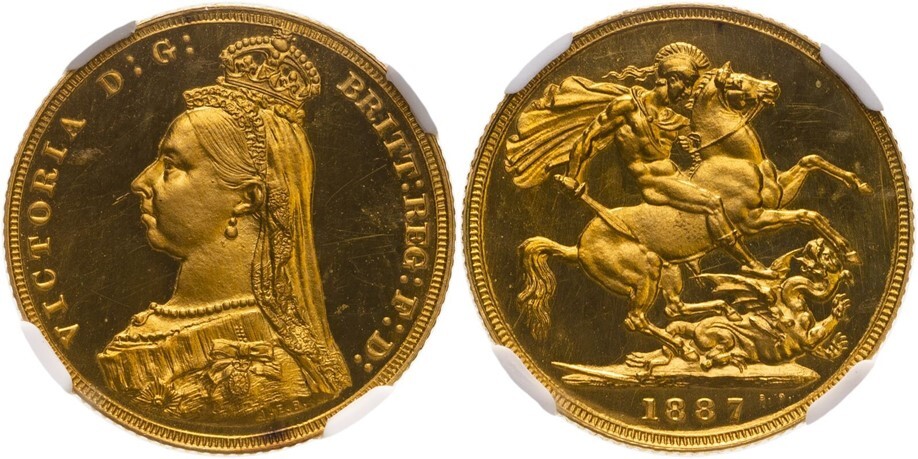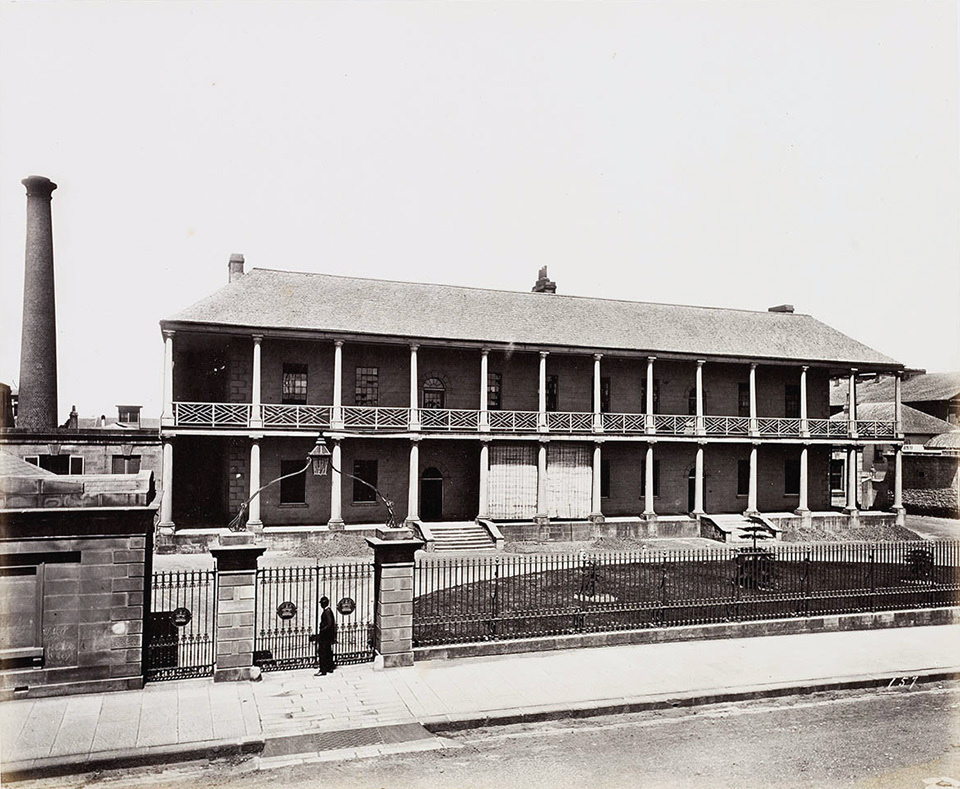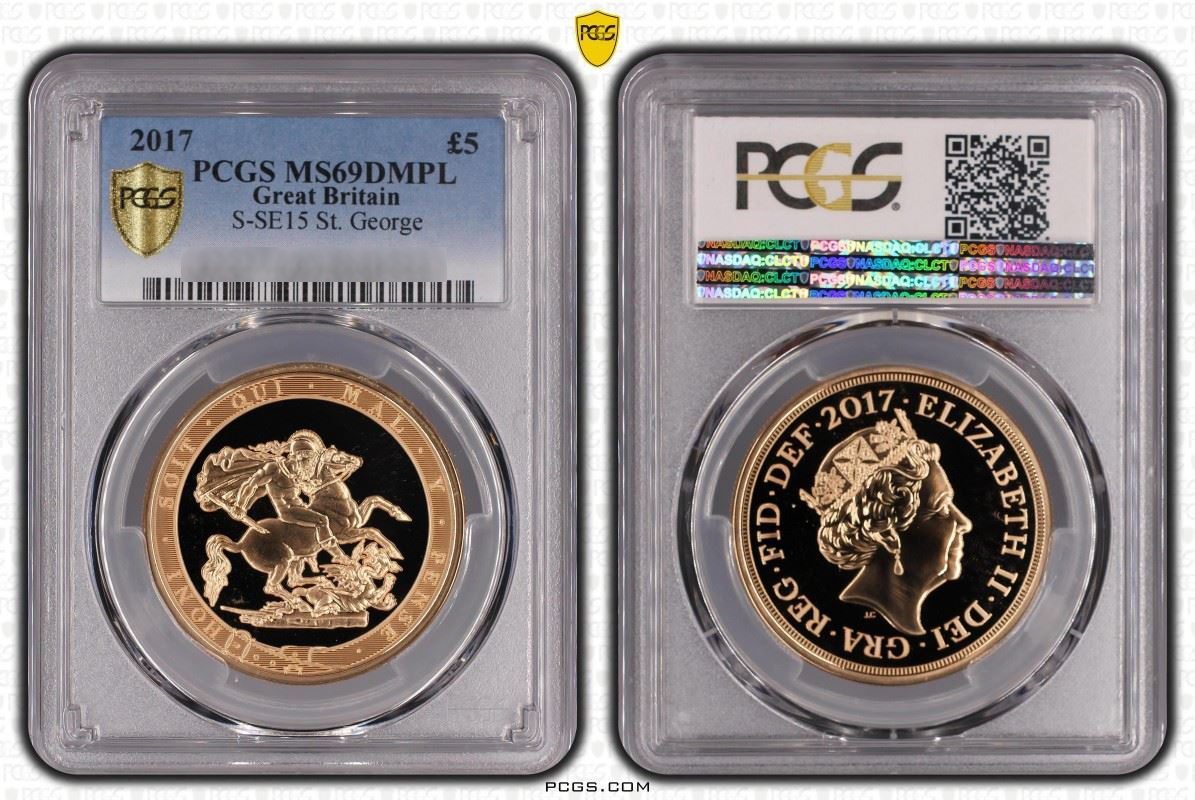The gold standard was a monetary system that pegged currencies to the value of gold. This meant that countries using the gold standard officially agreed — through their central bank — to convert paper money into a fixed amount of gold based on the fixed price for gold set by those countries. This system was called standards of value.
Why was the gold standard adopted?
- Short answer: adopted in Britain in 1817 (other countries followed later), it was a response to a fast-growing economy with the need for stable currency.
- Long answer: leading up to the early 19th century, Britain had been on a bimetallic monetary system. Gold and silver coins circulated in the economy with an official exchange rate between the two. For example, one guinea (a gold coin) was valued at 21 shillings (silver coins). However, at times foreign market exchange rates between gold and silver made it profitable to export one or the other, causing shortages in the circulating coinage and hoarding.
Inflation following the Napoleonic Wars
Napoleon had been successful with the 1803 introduction of the gold franc and the promise to pay France’s soldiers, contractors and debtors in the new currency. Although victorious in the Napoleonic Wars (1803-15), Britain’s economic outlook was poor and the war had brought massive inflation. A committee was appointed to advise on the nations monetary system. After several years, a Royal Proclamation was issued on 1 July 1817 that officially reintroduced the gold sovereign as ‘the lawful gold coin of the realm’ and the standard unit of currency with an official valuation of one standard ounce of gold (11/12 fine) at £3.17.10½. All notes and silver coins could be exchanged for gold, asserted by the text: ‘We promise to pay the bearer on demand the sum of…’ that can still be found on British banknotes today.
Was the gold standard good or bad?
The gold standard filled an important purpose during a time of economic expansion in Britain and other industrialising nations. The standardisation of payments across borders and unquestionable trust in currencies backed by gold encouraged economic activity and growth.
If the gold standard acted as a catalyst for growth during industrialisation, it hindered countries from recovery during the Great Depression of the 1930s. There are countless arguments for and against the gold standard, its uses and effects on the world — some see it as a limiting monetary system and others interpret its transparent system of value as responsible. Ultimately there may be no perfect monetary system, especially not in a rapidly developing world. The gold standard filled its purpose until the First World War; then the world changed enough to make it ineffective.
The gold exchange standard, 1925-1931
What was the gold exchange standard, adopted in Britain in 1925, and what led to it being abandoned?
After the First World War, some countries aimed to reintroduce the gold standard. However, the two requirements for its use — foremost being trust and international cooperation — had been abandoned during the four years of bloodshed. Price inflation and the hoarding of gold made it impossible for all countries to back their currency with gold, so the gold exchange standard allowed countries other than the USA and Britain to hold dollars and pounds as reserves, with those dollars and pounds in turn was backed by gold.
By refusing to adapt to the post-war reality and embarking on deflationary measures to bring economies back to the gold standard at pre-war exchange rate levels (such as increasing interest rates while reducing prices and wages), policy makers of the 1920s exacerbated the already challenging economic effects of the First World War, which would eventually lead to the Great Depression.
As Barry Greenstein says in his research paper, The Gold Standard and the Great Depression, the gold standard ‘developed to cope with a world that no longer existed and sustained by social and political pressures that discouraged its abandonment, this intellectual construct spawned policy responses which were directly responsible for economic catastrophe.’
Winston Churchill’s biggest mistake
Chancellor of the Exchequer Winston Churchill, who later became a critic of the Gold Standard, recalled his decision to fix gold at the pre-war exchange rate the biggest mistake of his career. With sterling overvalued, Britain’s exports suffered and unemployment rose. It also made sterling an easy target for speculators. In 1931, wealthy private investors and central banks around the world converted their pounds into gold and the Bank of England’s metal reserves quickly depleted. This forced Britain to abandon the gold exchange standard, shortly followed by the US. Economic turmoil was sowing new political crises, and again, the world was heading towards war.
Bretton Woods
Near the end of the Second World War, Allied leaders met to lay out plans for a new economic system known as the Bretton Woods International Monetary System. The agreement confirmed the US$ — backed by gold — as the reserve currency of the world. Bretton Woods would lasted until August 1971, when President Nixon found the US$ in a similar overvalued situation and facing a request by the Bank of England to convert $3bn to gold. Since then, no currencies are backed by anything other than the ‘good faith and credit’ of their governments.
Why does this matter to me?
- Protection against inflation and currency depreciation
Since currencies were lifted off their peg to gold in 1971, inflation has risen consistently. What Nixon then referred to as ‘the new economy’ is a fiat economy fuelled by consumption and sustained by debt (fiat money is a government-issued currency that is not backed by a commodity such as gold). With real wage growth turning negative from 2008-09, protecting your wealth from the erosion of money’s purchasing power has never been more crucial. - A long-term investment with potential for returns
Besides offering a hedge against volatility and currency depreciation, gold has performed well against other types of holdings. Because gold is not producing a yield or dividends, we want to stress its importance as an element of a balanced overall investment strategy. - Gold as an alternative investments
The purpose of any investment is to give returns and protect downside risk. The Coin Cabinet’s investment portfolio service [link to landing page] offers bespoke advice on building a collection of investment-quality gold coins based on budget, interests and risk profile. Alternatives investments such as gold offer diversification, add stability and minimise downside risk in an investment strategy.




